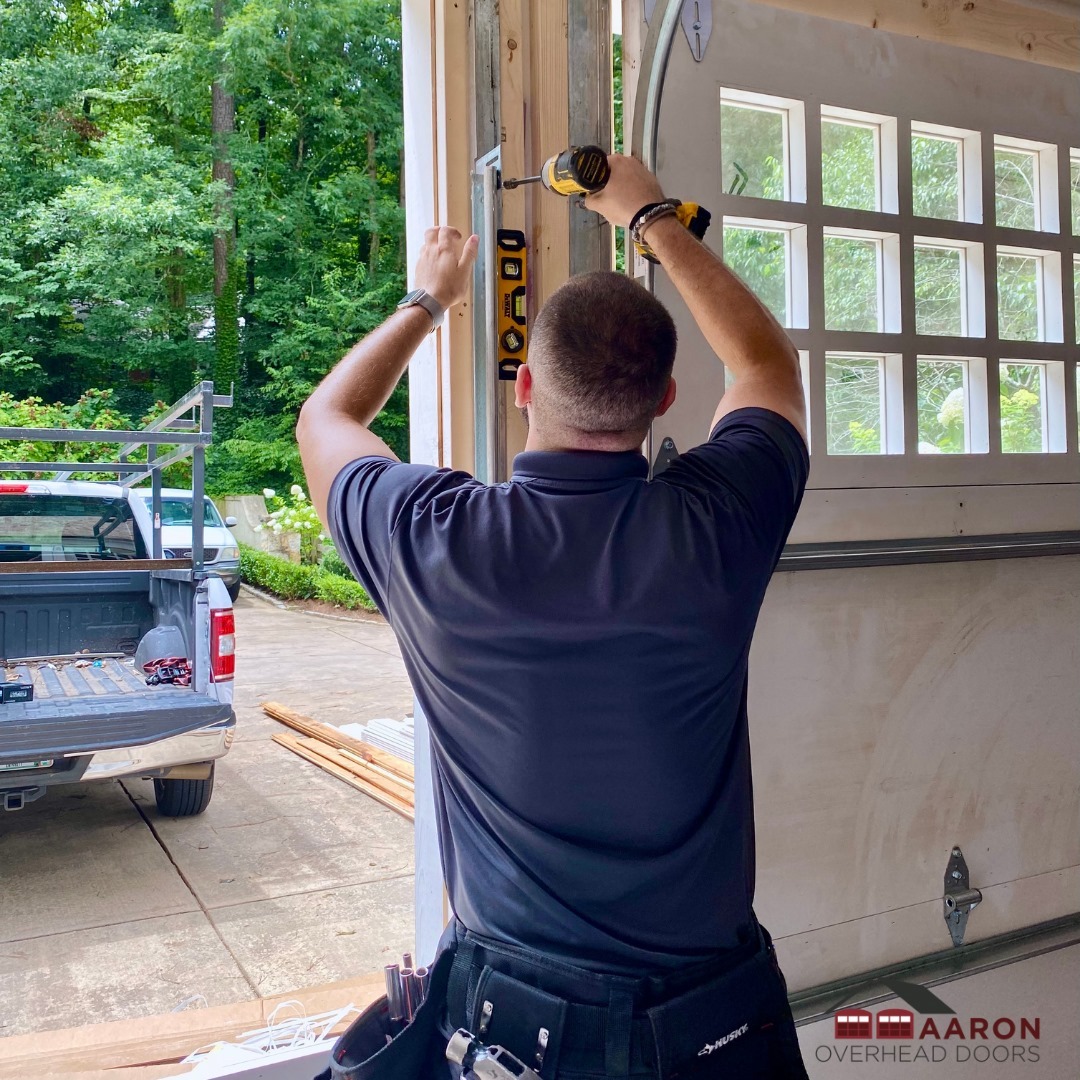Step-by-Step Instructions for Addressing Common Garage Door Repair Works at Home
Navigating usual garage door fixings can be a workable job for homeowners with the ideal method. By methodically resolving problems such as misalignment, noise, and even broken springtimes, one can ensure the door operates smoothly and securely. Comprehending the important steps associated with troubleshooting these problems not just saves time but can likewise protect against pricey expert interventions. As we discover each fixing process, you'll find useful strategies that can boost the durability of your garage door, establishing the stage for a more effective home upkeep regimen. What could surprise you are the straightforward yet reliable services that await your interest.
Repairing a Stuck Garage Door
Experiencing a stuck garage door can be discouraging, especially when it disrupts your day-to-day regimen. Dust, leaves, or even tiny objects can restrain the door's movement.
Following, take a look at the rollers and joints. Search for indicators of wear or damages, as these components are critical for smooth procedure. Lubricating these parts with a silicone-based spray can improve performance and lower rubbing.
Additionally, examine the alignment of the tracks. Misaligned tracks can cause the door to jam. If you see a misalignment, delicately tap the tracks back into placement using a rubber mallet.
Finally, ensure that the garage door opener is operating correctly. By adhering to these troubleshooting steps, you can efficiently deal with a stuck garage door and recover its functionality (garage door spring repair).

Repairing Noisy Garage Door Openers
A loud garage door opener can be a significant nuisance, interfering with the tranquility of your home and suggesting prospective mechanical concerns. Addressing this trouble immediately can enhance both the functionality of the opener and the convenience of your living room.
Next off, take a look at the rollers for wear or damages. If they appear fractured or worn, take into consideration replacing them with nylon rollers, which tend to run more silently.
Lubrication is essential for a smooth operation. Utilize a silicone-based lubricating substance on the relocating parts, consisting of rollers, hinges, and tracks. Prevent making use of grease, as it can draw in dust and particles, causing additional problems.

Fixing Broken Springs
Broken garage door springs can jeopardize the whole system, providing the door inoperable and presenting safety threats. These springs are essential for reversing the weight of the garage door, making its procedure smooth and effective. When a springtime breaks, it can cause the door dropping quickly or coming to be stuck, producing potential hazards for individuals.
To fix broken springtimes, first, make sure safety and security by separating the garage door opener and securing the door in the shut placement. Next, determine the sort of spring you haveâEUR" torsion or extensionâEUR" as the repair service approaches differ. For torsion springs, garage control very carefully take a break the stress using appropriate tools, ensuring to wear safety goggles and handwear covers. If managing expansion springs, make use of safety and security wires to avoid injury from abrupt release.
Guarantee all parts are safely fastened and recheck the door's balance by manually lifting it midway. Reconnect the garage door opener and carry out an examination to make sure smooth operation.
Aligning Misaligned Tracks
Correct alignment of garage door tracks is essential for the effective and risk-free procedure of the door. Misaligned tracks can trigger the door to bind, making it difficult to open or shut, and may cause more damage over time. To resolve this concern, first, ensure the door is fully near to protect against any injury during the fixing process.
Use a level to examine if the tracks are vertically lined up. If they are not, delicately touch the track with a rubber club to realign it.
Next, analyze the brackets that hold the tracks in location. If they hang, tighten the screws with an outlet wrench. For tracks that are significantly misaligned, it may be needed to eliminate the track from its brackets, readjust its position, and then reattach it firmly.

Replacing Damaged Garage Door Panels
When confronted with harmed garage door panels, it's critical my blog to address the problem immediately to keep the door's functionality and visual appeal. The initial step in changing harmed panels is to assess the level of the damages. If the damage is limited to a few panels, substitute is typically extra cost-efficient than replacing the entire door.
Begin by buying substitute panels that match your existing garage door. Guarantee you get the right dimension and design, as garage doors come in numerous styles and materials.
Once the damaged panels are removed, place the new panels in location. Secure them by reattaching the screws according to the producer's specifications. After setup, reconnect the garage door opener and examination Learn More the door to ensure it operates efficiently. Examine the door for any spaces or misalignments, making changes as necessary. Normal maintenance and timely fixings can expand the life of your garage door, guaranteeing its continued performance and visual appeal.
Final Thought
Resolving problems such as stuck doors, noisy openers, busted springs, misaligned tracks, and damaged panels guarantees optimum performance and prolongs the lifespan of the garage door system. Adopting these methods not just enhances the benefit of utilizing a garage door but also contributes to overall home security and protection.